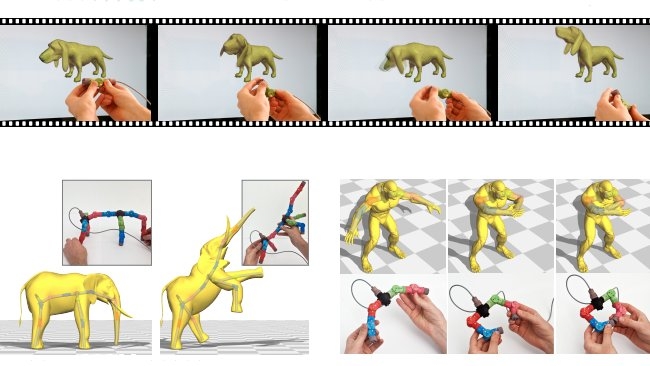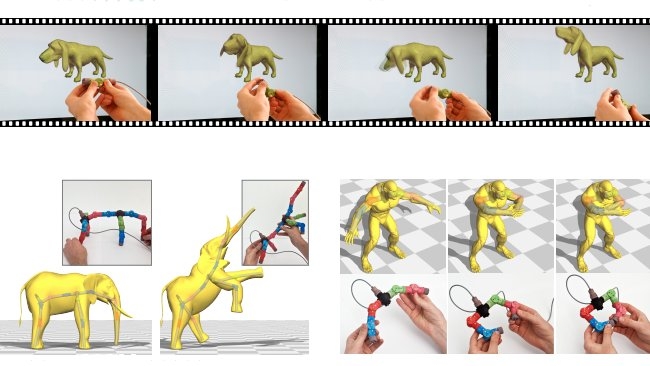

This year’s SIGGRAPH boasts not one, not two, but three new techniques for the simulation, simplification and automation of skeletal creature animation.
For an industry in which studios increasingly rely on bespoke tools to give themselves an edge, the animation and visual effects community is often remarkably good at sharing with class when it comes to the development of new techniques for modelling, animation, rendering and simulating. Much of the credit must go to ACM SIGGRAPH’s annual conferences. Attended by many thousands of computer graphics professionals, it provides a platform for the sharing of research papers so valued that industry researchers and artist pretty much fight for the chance to share their technical paper presentations (the current acceptance rate is reckoned to be just 26%).
The selection at this year’s event is reliably inspiring and varied, running the usual gamut of hot topics, including cloth and crowd simulation, fluids, hair, reflectance, and facial work, but some of the most immediately intriguing ones focus on innovative techniques for achieving faster and more naturalistic character animation.
A Tangible and Modular Input Device for Character Animation from the Interactive Geometry Lab in Zurich is perhaps the simplest yet most ingenious, even if it does hark back to the Digital Input Device device created by animation legend Phil Tippett for the animating ILM’s dinosaurs in 1993’s Jurassic Park. The working prototype shown in the video for SIGGRAPH provides artists with a physically-based (rather than mouse or pad-driven) way to build, pose and puppeteer skeletal joints via a simple building block system that will be immediately understood by anybody familiar with Meccano, Lego, K’nex or any other construction toy system.
Piecing together multiple sensor-fitted mechanical joints, splitters and extension bars, artists are able to build physical shapes that accurately model the underlying joints of creatures or other deformable CG models. Easy retargeting also adds further flexibility for manipulating final CG models with differing dimensions. It sounds simple enough, but the implications for animators to efficiently setup poses, independent of location conditions and without the hassle of occlusions are potentially enormous. And as the creators’ demo video shows, those who have tried the armature system so far find it more intuitive and quicker than the familiar mouse-driven system traditionally used by animators.
A collaboration between researchers at Aalto University and NVIDIA, Online Motion Synthesis Using Sequential Monte Carlo presents a new solution for synthesising character animation in real-time. It’s not the first one to explore this area, with a presentation at last year’s SIGGRAPH Asia covering the same ground, and Natural Motion already selling their Euphoria character physics system to game developers. But crucially this one vastly simplifies and automates the process using emergent behaviours, with no need reference motions ore pre-computed locomotion patterns. As a result, it can animate characters that adapt to their environment and external forces automatically and in realtime. The system has been designed to integrate with the Unity 3D game engine, so theoretically a commercially available version might not be too far off.
The third paper, catchily titled Generalizing Locomotion Style to New Animals with Inverse Optimal Regression, is another collaboration between business and academia, in this case Adobe Research and the University of Washington. It’s also another one with a dinosaur connection, utilising gait synthesis of living animals to dynamically simulate how the extinct creatures might have moved. The video to be presented with the paper shows how footage taken of six different bird types and 12 quadrupeds were tracked and then used to synthesise the motion of extinct creatures with different skeletal proportions, as well as how synthesised motion compares to alternative techniques for existing creatures. Definitely one with the potential to improve the believability of CG creature animation, whether the species in question are living, extinct, or even imagined.
Tags: Post & VFX


Comments